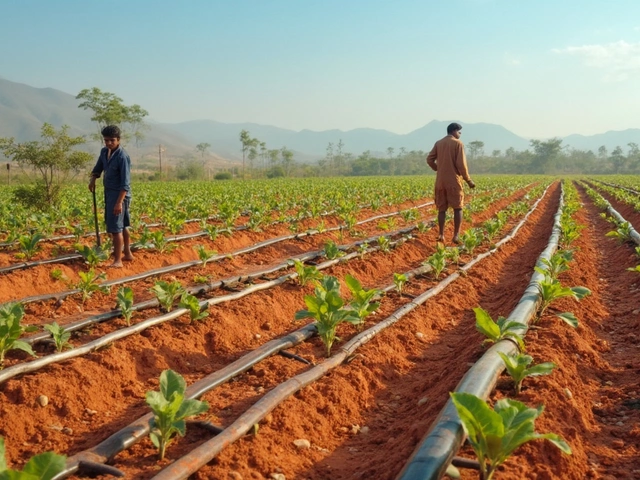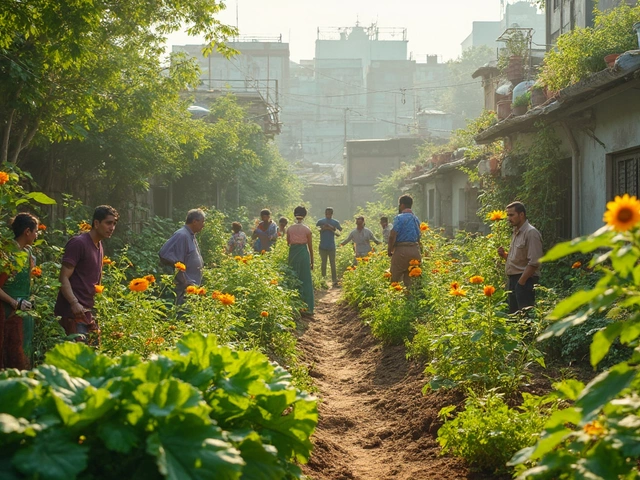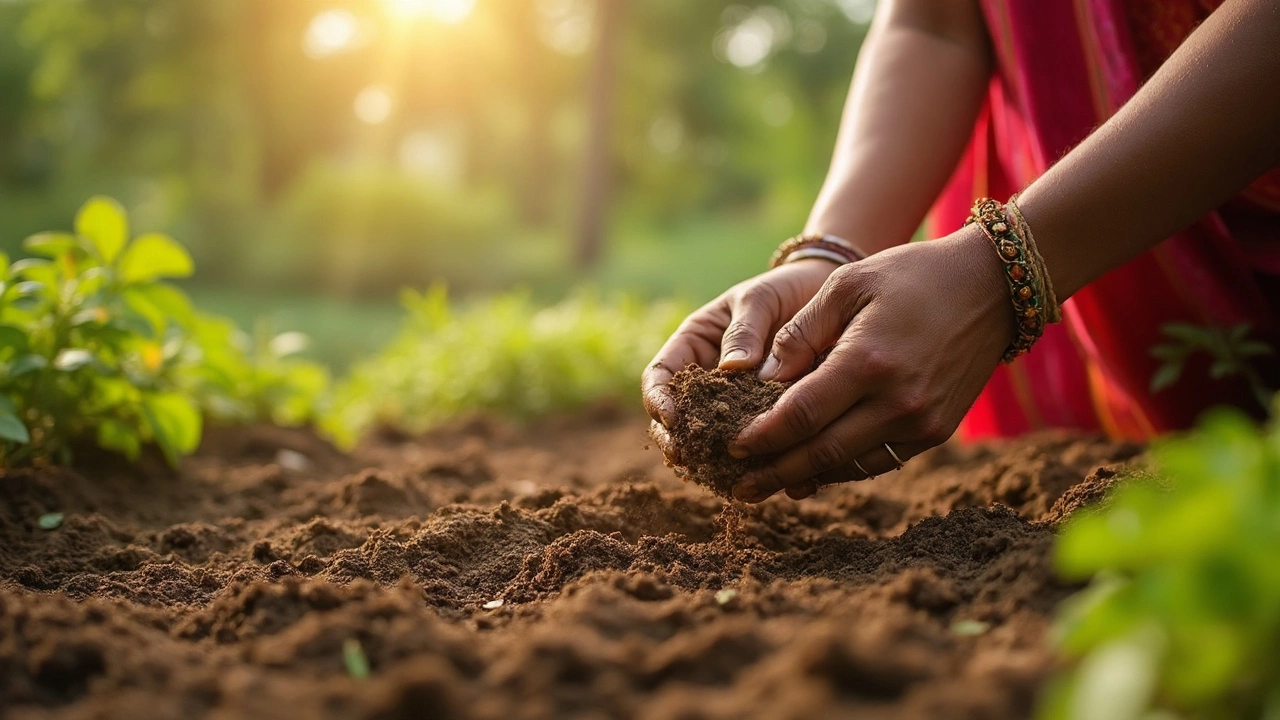Rejuvenate Soil: Simple Ways to Boost Your Garden’s Health
Feeling like your garden beds are tired and compacted? You don’t need a miracle – just a few smart moves to bring life back into the soil. Below you’ll find clear steps you can start today, using things you probably already have around the house.
Add Organic Matter
The single biggest boost for any soil is adding organic material. Compost, leaf litter, and kitchen scraps break down into food for microbes, which in turn feed your plants. Spread a 2‑3 inch layer of well‑rotted compost over the bed and work it lightly into the top 6‑8 inches. You’ll notice better texture and faster drainage within a few weeks.
If compost isn’t ready, use coarse sand or fine garden soil mixed with manure. The key is to keep the mix airy – heavy, clay‑like soil chokes roots. Adding shredded newspaper or straw also helps loosen compacted ground, a tip many gardeners use to improve heavy garden soil.
Improve Water Management
Water is the lifeline of soil life, but too much or too little can hurt. Drip irrigation delivers water right where the roots need it, reducing waste and preventing the soil from getting soggy. Install a simple drip line or drip tape at a shallow depth (about 2‑3 inches) and let the water soak slowly. This method keeps the soil moist without flooding it.
Another easy trick is to let tap water sit for a few hours before using it. This lets chlorine evaporate, which can be harsh on beneficial microbes. A short waiting period improves the water quality and helps the soil ecosystem recover faster.
Mulching is also a game‑changer. A 3‑inch layer of straw, wood chips, or shredded leaves saves moisture, keeps weeds down, and adds organic matter as it breaks down. Spread it around the base of plants and you’ll see less watering needed and cooler soil in summer.
Don’t forget to rotate crops each season. Different plants pull different nutrients from the soil. By switching families – tomatoes, beans, then leafy greens – you prevent any one nutrient from being depleted and give the soil a chance to rebalance.
Finally, watch out for coffee grounds. While many think they’re a garden goldmine, a few plants actually hate them. Use grounds sparingly and mix them with compost, or keep them away from sensitive species like blueberries and azaleas.
By adding organic matter, managing water smartly, mulching, rotating crops, and being careful with amendments, you’ll see your soil come back to life. Your garden will look greener, produce more, and need less fertilizer. Give these steps a try and watch the transformation happen.
Revitalize Your Garden: Proven Ways to Refresh Tired Soil Fast
Stop struggling with poor plant growth! Learn how to refresh old garden soil with step-by-step tips, simple science, and easy fixes for long-lasting results.
About
Gardening
Latest Posts


How Deep Should Drip Irrigation Lines Be Buried? Guide for Optimal Water Delivery
By Alden Thorne Sep 23, 2025

Drip Irrigation Drawbacks: What You Need to Know
By Alden Thorne Feb 14, 2025

Can You Do Regenerative Agriculture Without Animals? Straight Talk for Gardeners
By Alden Thorne Apr 17, 2025

